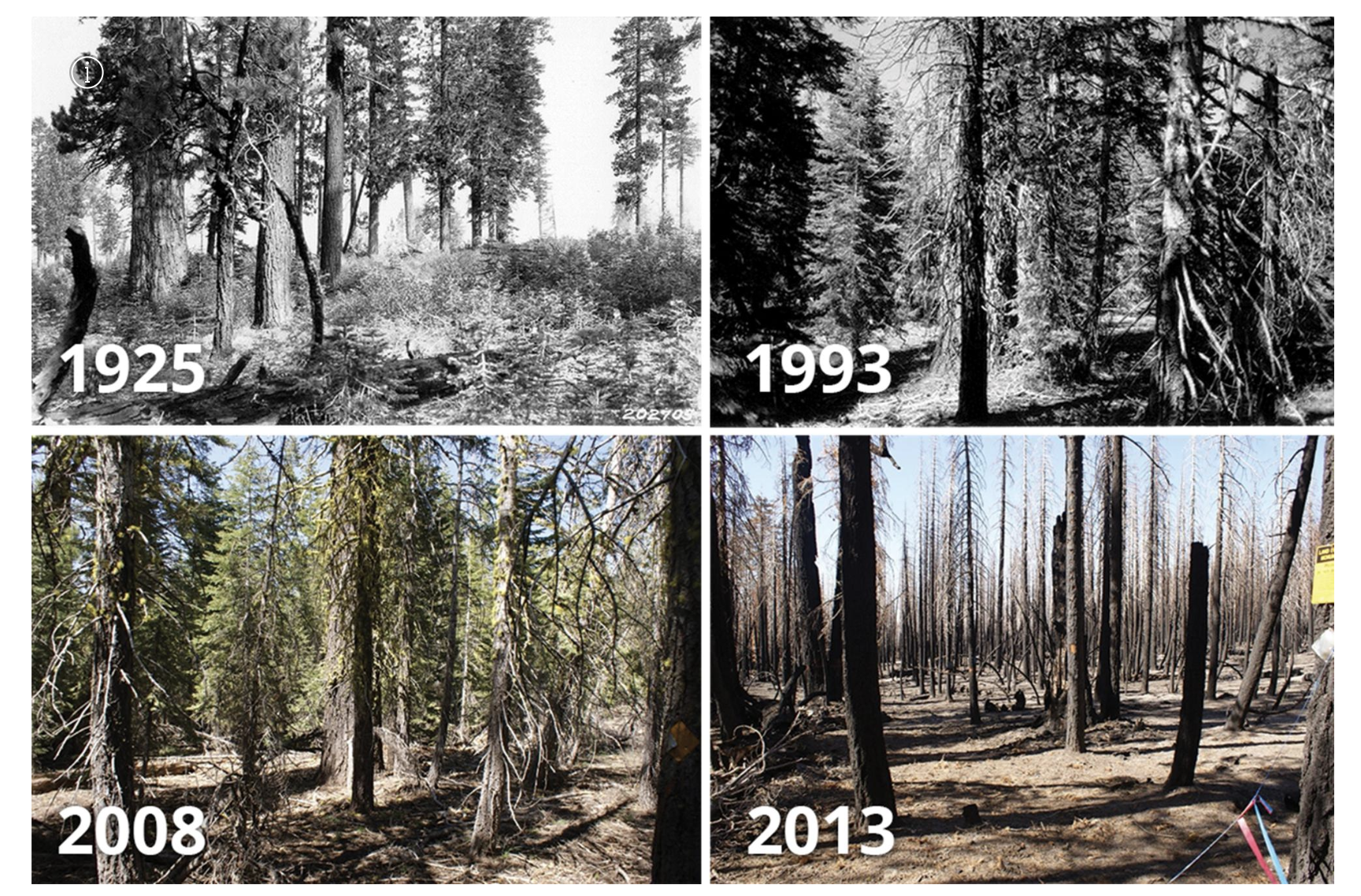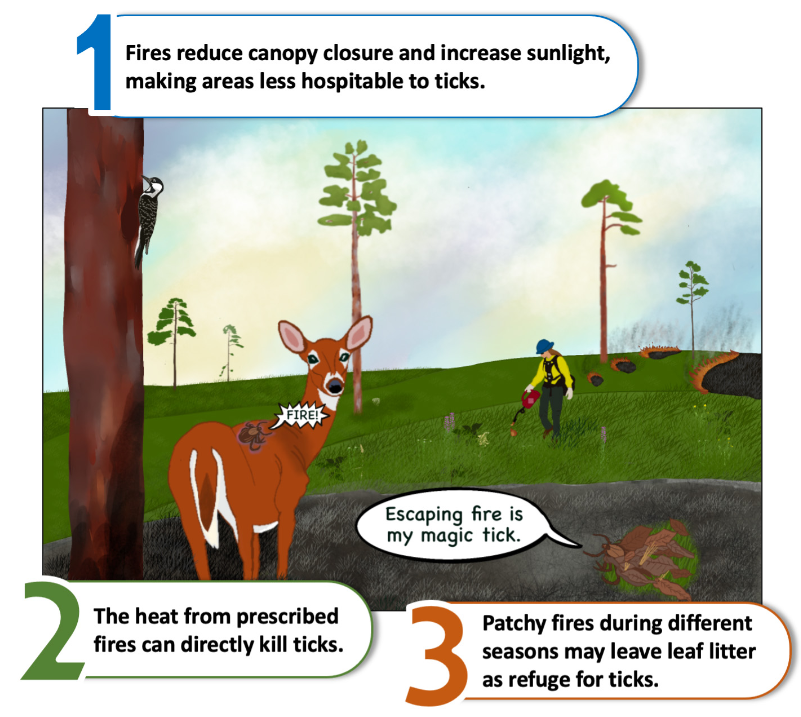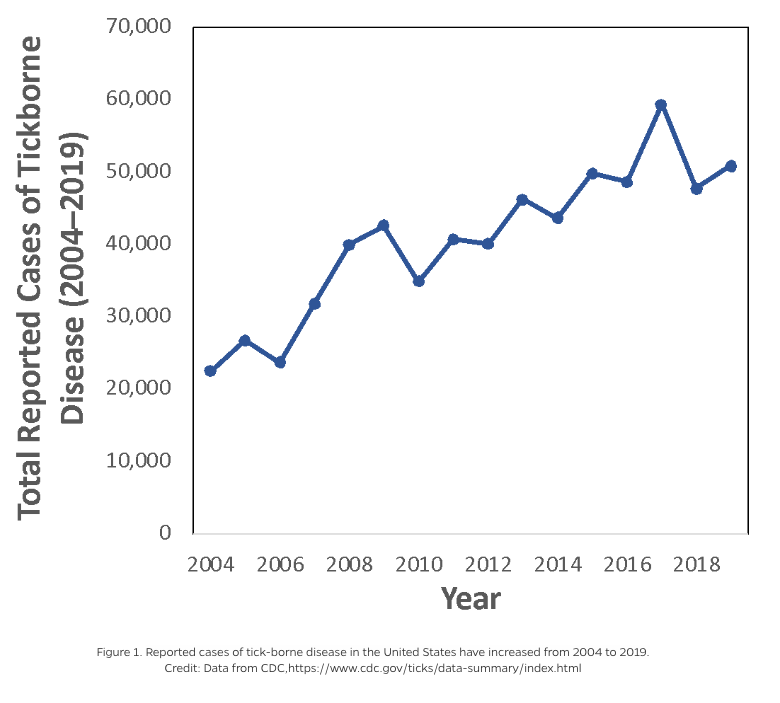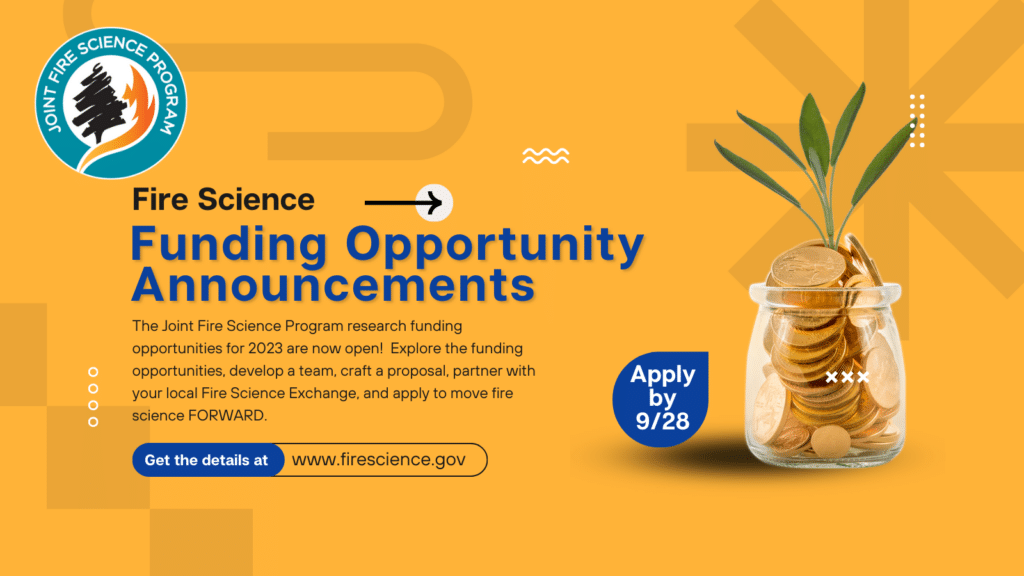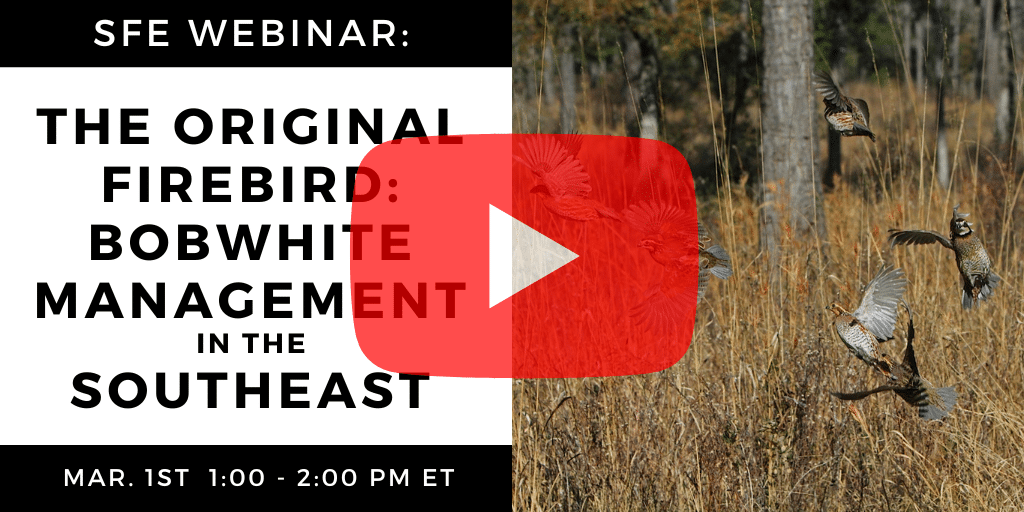Earlier this month, the Southern Fire Exchange participated in a Department of Defense-supported fire science research event hosted by Fort Stewart near Hinesville, Georgia. Over two weeks, nearly 100 fire scientists, researchers, graduate students, fire managers, and organization representatives gathered at Fort Stewart to conduct fire science research on a series of three aerially ignited prescribed fires.
The event was co-led by the USDA Forest Service Eastern Innovation Landscape Network (EILN), of which SFE is a partner. This event was built on a 2022 fire science event hosted by Fort Stewart and featured in a series of Southern Fire Exchange videos produced by Mary Nell Armstrong.
Elliot Nauert with the Southern Fire Exchange and NC State University Extension led outreach efforts during the research campaign. Local television broadcast media (WTOC Channel 11), the local newspaper (Bryan County News), and the US Army produced stories covering the event. Look for more videos and products related to the 2024 Fort Stewart event in the coming weeks! In the meantime, check out some of the 360-degree videos captured by the SFE team.
